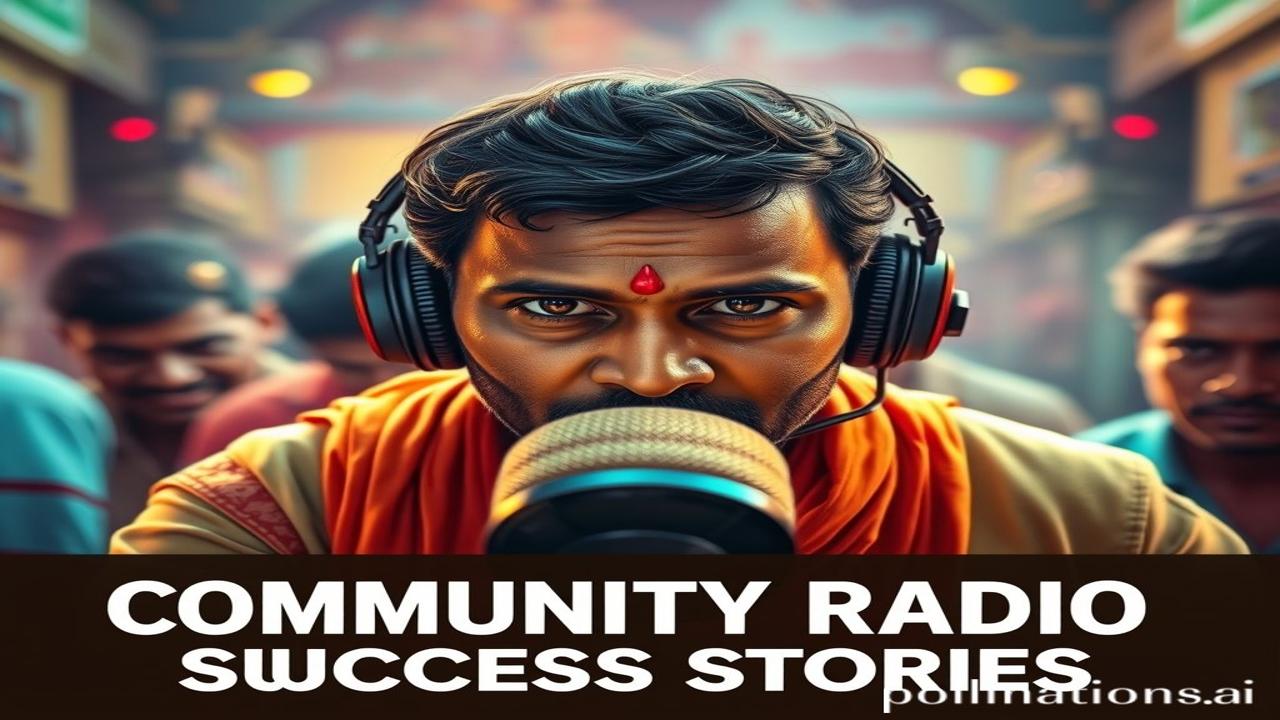Jungle Bachao, Jeevan Bachao: The Heartbeat of Community-Led Wildlife Conservation in India
Kabhi kabhi, jab mein akela baithta hoon aur sochta hoon, mujhe woh jungle yaad aata hai jismein mein bachpan mein khela karta tha. The sweet smell of mitti after the monsoon, the kuhu-kuhu of the koyal, the rustling leaves whispering secrets. Aaj, woh jungle shayad itna green nahi raha… aur yeh sochkar dil thoda toot jaata hai. Lekin, umeed abhi bhi hai, kyunki log aage aa rahe hain, ek saath milkar, apne jungle aur wildlife ko bachane ke liye. This is the story of community-led wildlife conservation in India, a story of hope, resilience, and deep connection to dharti maa.
Conservation Ki Kahani: Itihas Aur Parampara
Community-led wildlife conservation, basically, is all about local communities taking charge in protecting the animals and plants around them. This isn’t some newfangled idea; it’s rooted deep in India’s history and culture. Remember, pehle zamane mein, when tribes lived in harmony with nature? They understood the chakravyuh of life, that every living thing is connected.
While formally structured community conservation efforts gained momentum in the latter half of the 20th century (think 1970s onwards), the underlying philosophy is ancient. Indigenous communities have always acted as custodians of their natural resources, using sustainable practices and traditional knowledge passed down through generations. The Chipko movement, where villagers hugged trees to prevent logging, is a powerful example of this spirit of community action. And, believe it or not, some communities even worshipped animals and plants, recognizing their sacredness and importance!
The Wildlife Protection Act of 1972 was a landmark law, but it initially focused on a top-down, government-centric approach. Over time, the realization dawned that true conservation needs the active participation of local communities. That’s when sarkaar and NGOs started working with communities to give them a stake in conservation, providing alternative livelihoods and supporting their traditional practices.
Zameeni Sach: Gaon, Jungle, Aur Jeevan
Imagine a small village nestled at the edge of a tiger reserve. The men used to hunt for food, and the women collected firewood from the forest. But now, things are changing.
“Arre bhaiyya, ab hunting toh bandh hai,” says Ramu, a young man from the village. “Lekin koi gum nahi. Hum ab eco-tourism se kamaate hain. Tourists aate hain tiger dekhne, aur hum unko guide karte hain.”
His wife, Sita, adds, “Pehle hum jungle se lakdi laate the, lekin ab hum LPG use karte hain. Aur humne solar panel bhi lagaye hain. Jungle bhi bach gaya, aur humari zindagi bhi aasaan ho gayi.”
These are the stories echoing across India – from the Himalayas to the Western Ghats. They show how communities are finding innovative ways to protect wildlife while improving their own lives. Self-Help Groups are teaching women skills like weaving and tailoring, reducing their reliance on forest resources. Farmers are adopting sustainable agricultural practices, minimizing their impact on the environment. It’s not just about saving animals; it’s about empowering people.
Dharohar Aur Pehchan: Aaj Bhi Zinda
This connection to nature, this bhaavna of stewardship, is deeply ingrained in our Bharatiya identity. We see it in our festivals, our art, and our rituals. Consider the worship of Ganesha (the elephant-headed god), or the reverence for cows. These traditions reflect a deep respect for the natural world.
Even today, many rural communities follow traditional practices that contribute to conservation. For example, sacred groves – patches of forest protected by local communities – are found throughout India. These groves are considered sacred and are often untouched by human activity, providing refuge for a variety of plant and animal species. Community-led conservation is not just about protecting wildlife; it’s about preserving our cultural heritage. It’s about upholding the values of ahimsa (non-violence) and seva (service) that are at the heart of Indian philosophy.
Mazedar Tathya Ya Bhram-Bhanjak: What You Might Not Know
Log samajhte hain ki conservation ka matlab hai jungle ko bandh kar dena aur logon ko bahar nikal dena. Lekin asli sach yeh hai that successful conservation depends on the active participation and consent of local communities. If people are excluded from the process, they are less likely to support conservation efforts, and may even be driven to engage in illegal activities.
Another interesting fact: India has a long history of participatory forest management, where communities are given a share in the benefits of forest resources in exchange for their participation in conservation activities. This approach has been shown to be highly effective in improving forest health and biodiversity.
Drishya Aur Bhavnaen: Sensing the Conservation Effort
Imagine walking through a sacred grove. The air is thick with the scent of dhoop and wildflowers. The sunlight filters through the leaves, creating dappled patterns on the forest floor. You hear the chirping of birds, the buzzing of insects, and the rustling of leaves in the breeze. The temple walls feel cool to the touch. You sense a feeling of peace and tranquility, a feeling of being connected to something larger than yourself. This is the feeling of community-led conservation in action.
Antim Vichar Ya Uddharan: A Final Thought
The success of wildlife conservation in India depends on our ability to recognize the importance of local communities and empower them to take ownership of their natural resources. As Mahatma Gandhi once said, “Earth provides enough to satisfy every man’s needs, but not every man’s greed.” Let us strive to create a society where everyone has enough, and where our natural heritage is protected for generations to come.
Vasudhaiva Kutumbakam – The world is one family. And as a family, we must work together to protect our planet.
